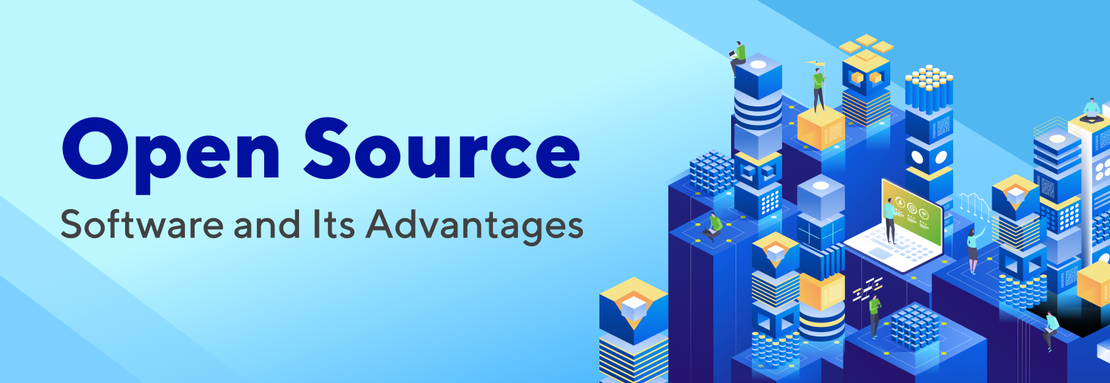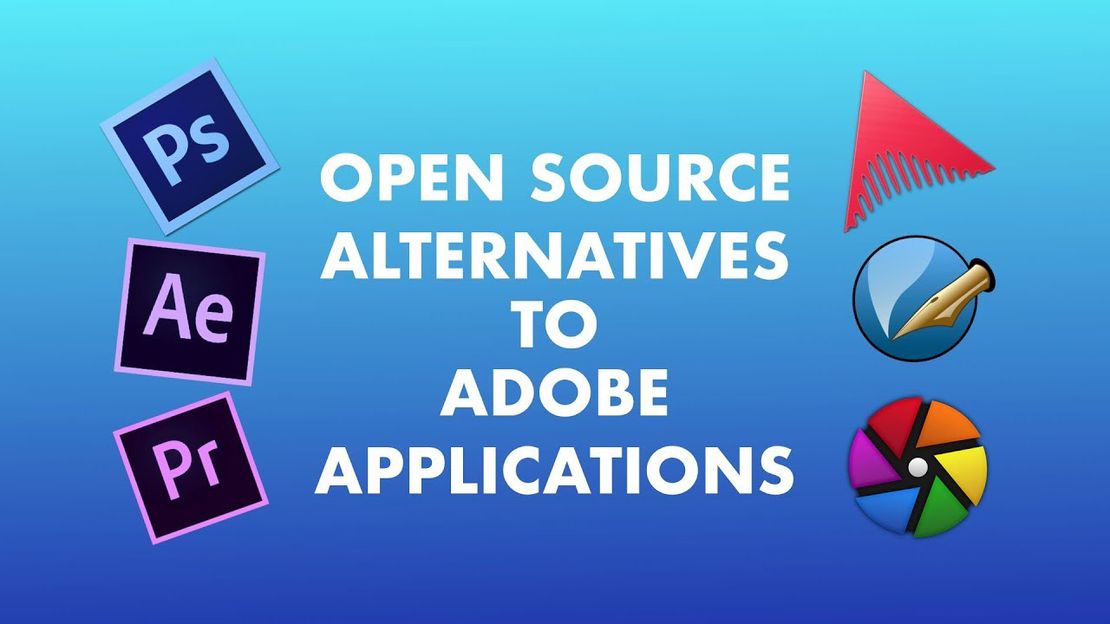
Open Source Software for Businesses and Personal Use
Table of Contents
Reading time: 6 minutes
In today’s digital landscape, software powers virtually everything we do. From enterprise operations to personal computing, the choices we make about software have far-reaching implications for security, cost, flexibility, and innovation. Open source software (OSS) has emerged as a compelling alternative to proprietary solutions, offering unique advantages for both businesses and individuals.
What Makes Open Source Different?
Open source software is code that’s publicly accessible—anyone can see, modify, and distribute it as they see fit. This fundamental openness creates a different development model than traditional proprietary software, where code remains hidden and controlled by a single entity.
The difference goes beyond just access to code. Open source represents a philosophy of collaboration, transparency, and community-driven development that produces distinct benefits.
Business Benefits of Open Source
Cost Efficiency
For businesses, especially startups and SMEs with limited resources, open source provides enterprise-grade solutions without the hefty price tags. While there may still be costs associated with implementation, support, and training, the elimination of licensing fees can significantly reduce total cost of ownership.
Avoiding Vendor Lock-in
Proprietary software often creates dependency on a single vendor’s ecosystem, making migration costly and difficult. Open source alternatives give businesses the freedom to change service providers, customize solutions, or take development in-house as needs evolve.
Security Through Transparency
The “many eyes” approach of open source development means vulnerabilities are often identified and patched quickly. While no software is immune to security issues, the transparent nature of open source allows for independent security audits and faster community responses to emerging threats.
Customization and Flexibility
Businesses rarely find off-the-shelf solutions that perfectly match their workflows. Open source software can be modified to fit specific business requirements without waiting for a vendor to implement requested features or paying for custom development.
Talent Attraction and Retention
Companies that embrace open source often find it easier to attract and retain technical talent. Developers appreciate working with cutting-edge technologies and having the opportunity to contribute to open source projects, fostering a culture of continuous learning and innovation.
Personal Benefits of Open Source
Privacy and Control
For individuals, open source software offers greater control over personal data. Unlike many proprietary alternatives that may collect usage data or include hidden trackers, open source solutions typically prioritize user privacy and give users control over what information is shared.
Longevity
Open source projects don’t disappear when a company changes direction or goes out of business. This longevity means the tools you rely on daily are more likely to remain available and supported over time.
Learning Opportunities
For students and aspiring developers, open source provides invaluable learning resources. Examining well-written code, contributing to projects, and interacting with community members accelerates skill development in ways that closed systems cannot.
Accessibility
Open source makes powerful software accessible to everyone, regardless of economic status. This democratization of technology helps bridge the digital divide and empowers users worldwide.
Real-World Success Stories
The business landscape is filled with open source success stories:
- Red Hat built a billion-dollar enterprise by providing services around Linux and other open source technologies
- WordPress powers approximately 40% of all websites on the internet
- Android, an open source mobile operating system, dominates the global smartphone market
- Kubernetes has revolutionized container orchestration and cloud computing
Challenges and Considerations
Despite its benefits, open source isn’t a perfect solution for every scenario:
- Technical support may require community forums rather than dedicated customer service
- Documentation quality varies between projects
- Some open source interfaces prioritize functionality over user-friendliness
- Integration with existing proprietary systems can sometimes be challenging
Building an Open Source Strategy
For businesses looking to leverage open source, a thoughtful approach is key:
- Identify suitable areas: Start with low-risk applications where open source alternatives are mature
- Evaluate community health: Active communities indicate sustainable projects
- Consider commercial support: Many open source projects offer enterprise support options
- Plan for participation: Contributing back improves both the software and your team’s expertise
Conclusion
Open source software represents more than just free alternatives to commercial products—it embodies a different approach to creating and using technology. By embracing transparency, collaboration, and user freedom, open source delivers unique advantages for both businesses and individuals.
Whether you’re looking to reduce costs, increase flexibility, or align with values of openness and sharing, open source offers compelling options worth exploring. As businesses and individuals increasingly prioritize digital sovereignty and sustainable technology choices, open source software continues to demonstrate its enduring value in our interconnected world.
